If your relative had multiple marriages, have you looked to see how long they were single in between marriages? Have you looked to see how long their subsequent spouses were single between marriages? This is not to judge, but can help give some perspective on how the marriage might have been reacted to by close family members. And perspective always helps.
Reminder that photographs mounted to heavy paper backing may not stay attached to the backing. If the identification is on the backing, it may eventually be separated from the picture. Some attachments are not forever.
Are you using place names to describe where an ancestor was born, died, or was buried, that are not listed in any gazetteer? Make certain that you also include a more reference (eg. GPS coordinates) to assist others in finding the location. Try and pin down where locations are when someone mentions something like the “McNally place,” the meadow slough, the Habben corner, etc. Sometimes these locations can be determined by using a land ownership map or other geographic finding aid and sometimes they cannot. If the McNallys never owned the farm but rented it for years their name won’t be on the land ownership map. The “meadow slough” may be hard to pin down as well. Searching old newspapers for those locations is also a good idea. […]
We are offering this new session on on 12 February 2022. Learn more on our announcement page and join us live or pre-order a recording!
This post is not about digitally scanning documents. This one is about actually using your eyeballs. I first worked on my children’s Belgian ancestors years ago. When using the vital records from the 19th century, I used them the way I had other European records from the same time span. I looked in the “book” for and read through the entries for the years I thought included the person’s birth date. Then, if I had the correct person and had the names of the parents, I scanned the years before and after the birth to locate siblings. Imagine my surprise when I found indexes interspersed in the records. I had never encountered those before. While indexes are not perfect, they would have saved me a great deal of […]
If your ancestor’s church disbanded, there are several places the records might have gone: the local dump the family of the last minister a local church of the same denomination a regional or national church organization, synod, assembly, diocese, etc. Contact local historical or genealogical societies, local churches of the same denomination, and regional and national archives (or governing bodies) of the denomination and see if they know what might have happened to the records.
Pick a day in your ancestor’s life. Try and answer the following questions as of that date: Where was my ancestor living? Who was in his (her) household? What was the ancestor’s occupation? What was the ancestor’s age? What was going on nationally on this date (at this point in time)? What was going on locally/regionally? Were my ancestor’s parents alive? Were my ancestor’s siblings alive? Where would he (she) have gone to church the previous Sunday? Who were my ancestor’s neighbors? You get the idea. Focusing one just one day may be enough to cause you to learn about other days in the process.
I traced the family from Kentucky into Indiana where they split up went to Iowa, Illinois, and Missouri. Because there were quite a few relatives of the father that were involved in this migration, I assumed that I had the whole migration cohort. I was wrong. It turns out there were members of the wife’s family in the cohort as well. They were not immediately noticed because I had not focused on the wife’s siblings. The additional migrating cohorts tended to be married sisters whose new last names I did not have. It was years ago when I made the discovery. I realized that I needed to view migration cohorts as “infinite hotels” (for those familiar with the reference). While the analogy isn’t accurate, it does not have […]
My map of ancestral pools just dumped all my maternal families into one pool. I decided that really wasn’t helpful as it stripped away the fact that these families were from six villages with most of them being from one village. So I color coded it by village of origin. That reminded me which portions of my Ostfriesen pool were from the same village and which ones were from others. The thing I need to add is something showing the relative position of these villages and how close (or far away) they are from each other. That matters as well. But is there some chart or organizational method you use where color could help? Help support Genealogy Tip of the Day by visiting any of the following sites: Try a GenealogyBank Genealogy […]
Remember that if the civil record of a marriage indicates your ancestor was married by a minister, there may be a church record of the marriage as well. That record may provide additional information besides what is on the civil (government) record of the marriage.
I remember three of my grandparents. That got me to thinking about the grandparents that my grandparents might have actually know. This was a good little exercise that got me to thinking. Overlapping lifespans are not the only factor that can impact how well someone knew a grandparent. Geographic proximity, health, and family dynamics can also play a role. Cecil Neill (1903-1968). Two grandparents died before his birth. Remaining ones lived near where he grew up and lived. One died when he was eight and the other when he was twenty-one. Ida Trautvetter (1910-1994). Two grandparents died before her birth. One died when she was six, but was hospitalized much of that time. Other one died when she was seven and lived nearby. John H. Ufkes (1917-2003). Grandmothers […]
Charts serve to organize and summarize what we know. They can also be a ready reference when we cannot keep things straight in our head. I have quite a few relatives to whom I am related in more than one way. That can compound challenges when working with autosomal DNA test results as the shared double connections (at least for me) are often 5th great-grandparents or closer. These double connections can impact the amount of shared DNA we have (not necessarily doubling it at all). It can also impact the shared matches. Some of the double relationships I have in my head, but it’s impossible to keep them all at the ready mental reference. So I made a chart. The relationship is not completely stated, but there’s enough […]
[posted to our Facebook page and am sharing because I think it’s always worth thinking about] Who watched the kids? Have you thought about who took care of your ancestor’s children? If the mother died young, what happened (since typically the mother had childcare responsibilities)? If the mother worked outside the home, who took care of the children? If the father died young, was the mother able to support them herself? Were there relatives close enough to watch them without them having to leave the home? Were there older children who could help out? What if all the children were too young for one of them to help care for the others? This is something to consider no matter the time period or location of your research. Families […]
Transcribing old estate inventories can be a challenge. The handwriting can be difficult to read. The spellings can be phonetic and sometimes based on a pronunciation that is foreign to a modern speaker of the same language. The items may be household or farm items that have not been used in centuries. Google searches will not resolve every difficult to transcribe item. While items can be listed in an estate inventory in any order, they are usually grouped–either by purpose of the item or where they were located on the property. This is more likely if you are using the estate inventory appraisal and not the list of estate items sold. The appraisal of the estate was more likely to be done by walking around the property. This […]
A friend from high school asked me how many class periods we had “back in the day.” My memory was not clear. Funny thing was “back in the day” I thought that was something I would never forget. It’s a trivial detail, but it reminded me that the time to write down what we remember is now, not later. That’s true for genealogy conclusions we reach, things we remember about our grandparents or other relatives, and things we remember about our own lives. Memories fade. Details do matter. They help us to flesh out the lives of our ancestors and of ourselves. My friend Joe wanted the detail for a short story he was writing and he wanted the details right. Genealogists want the same thing. In fact […]
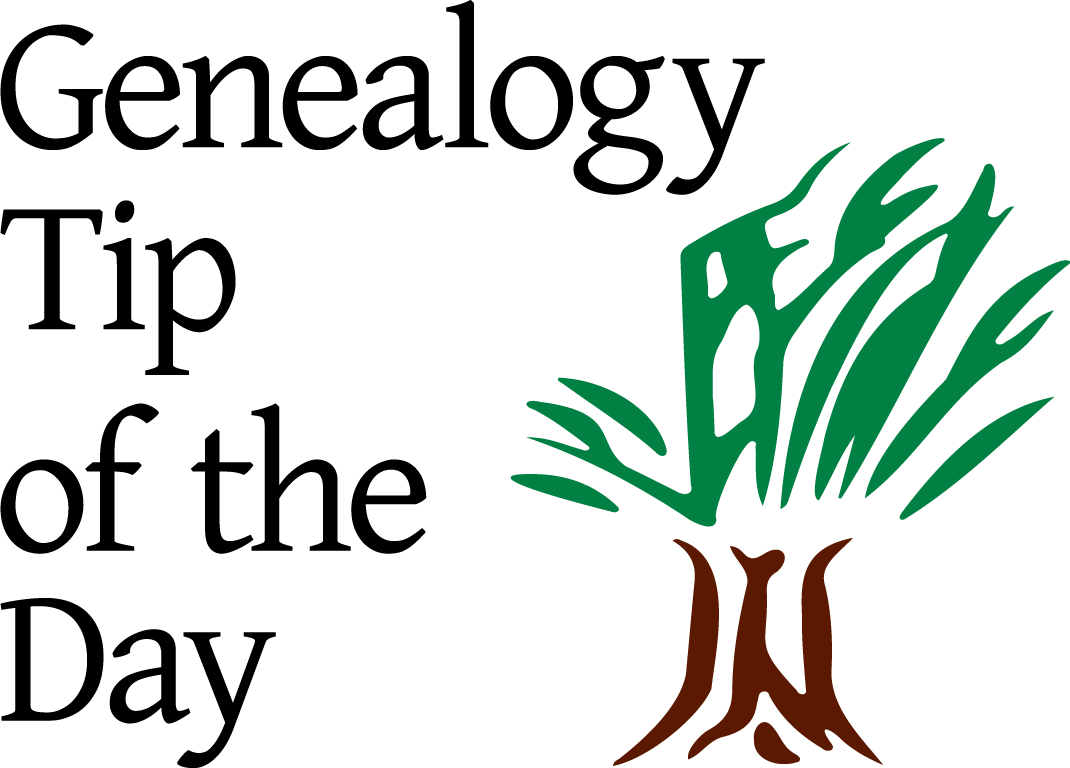
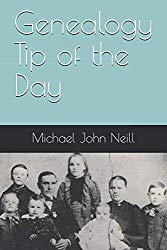
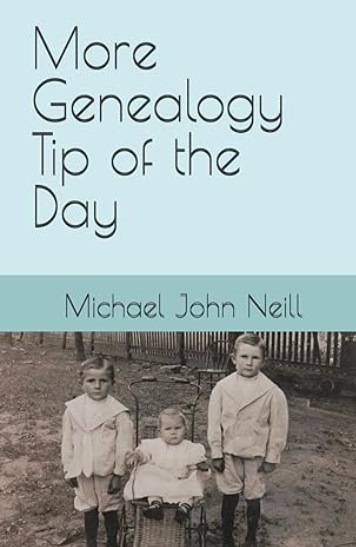

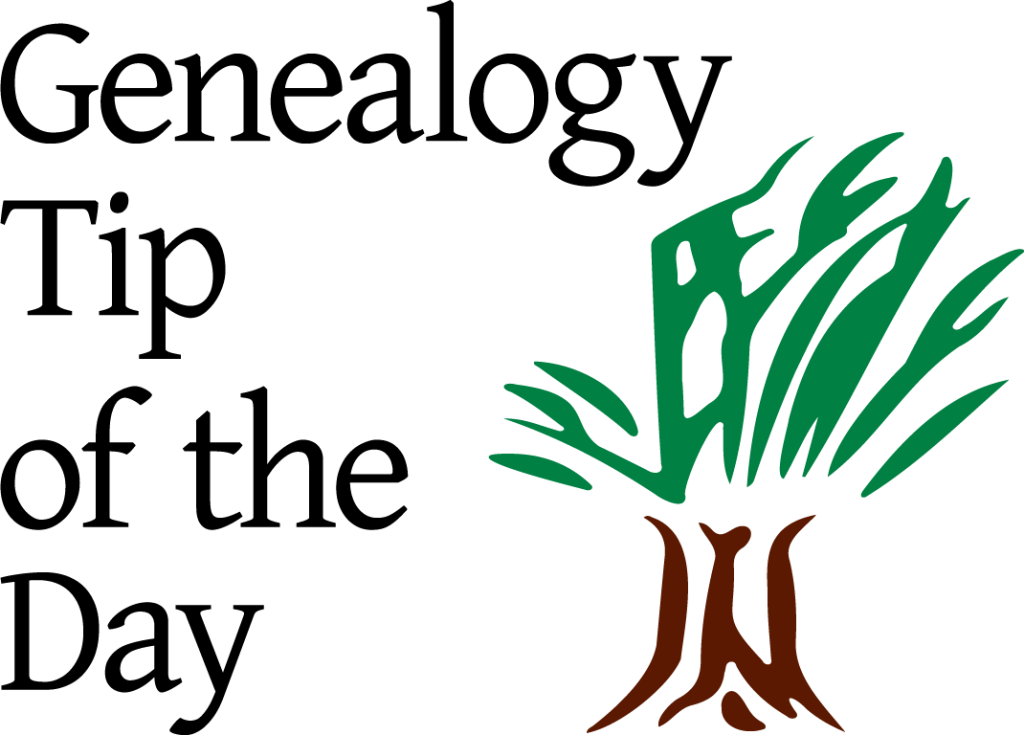
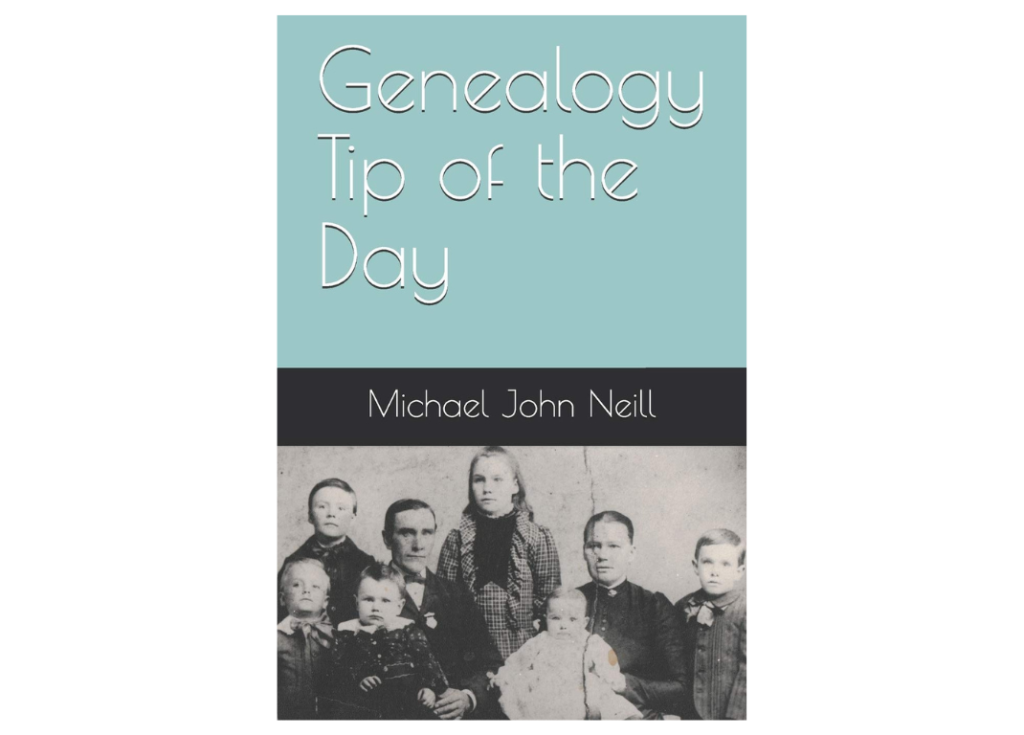
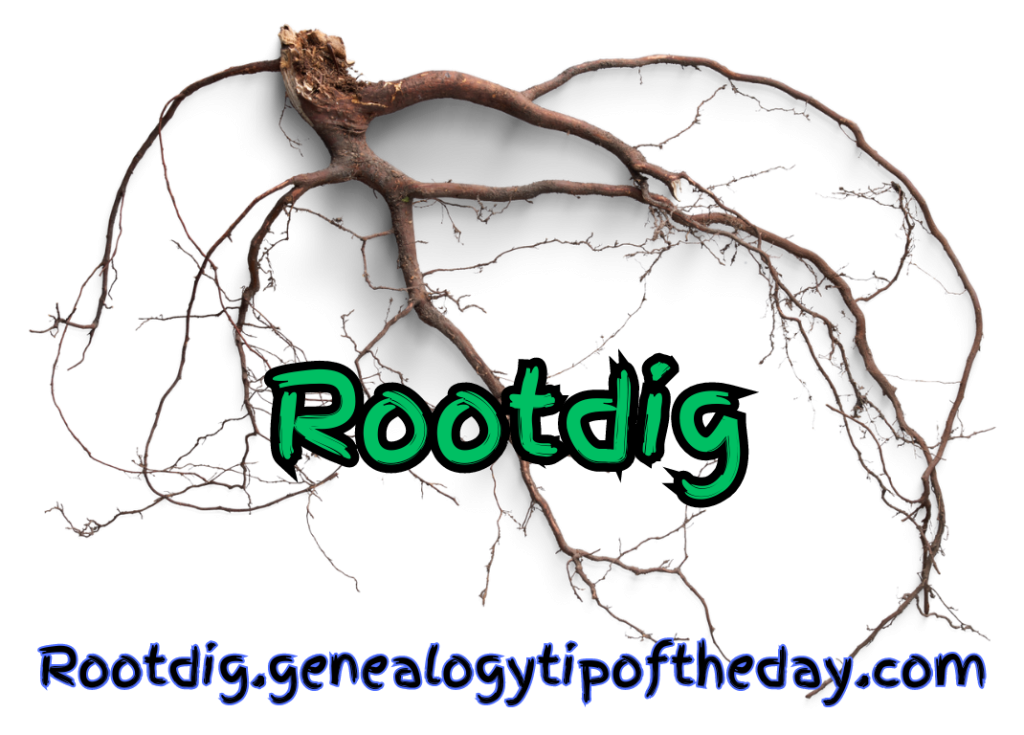

Recent Comments